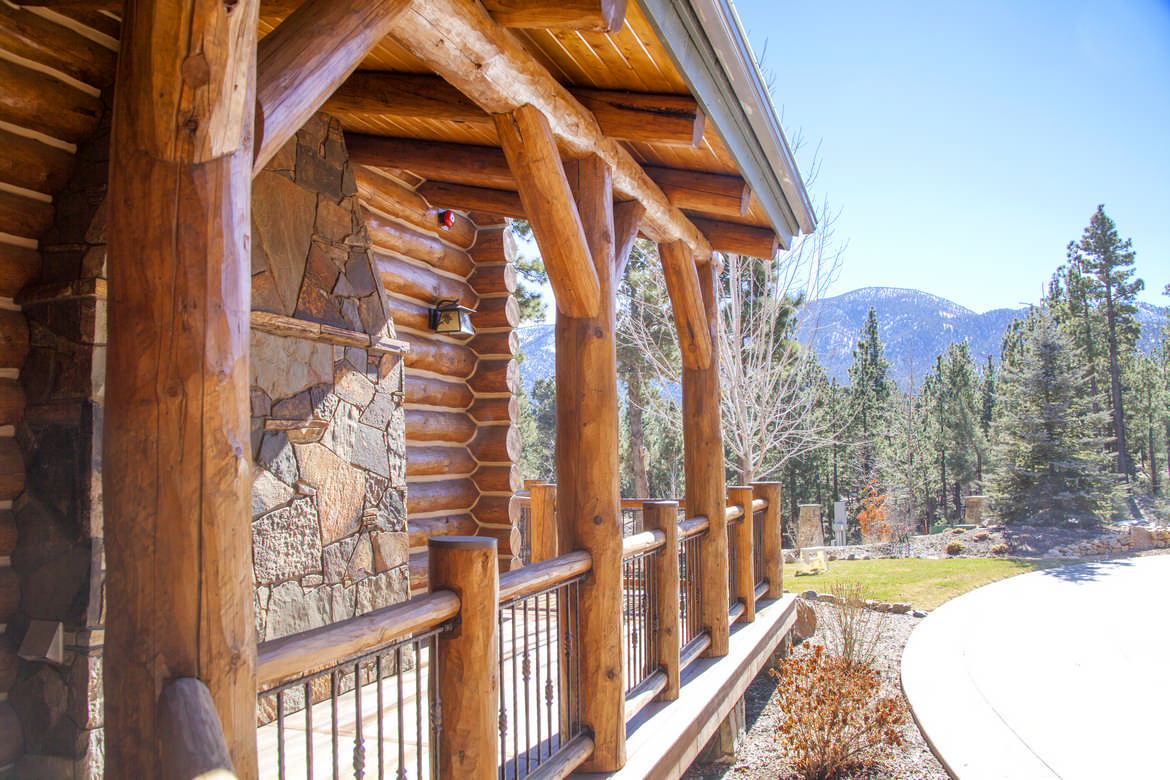
Why do I need to back-brush stain when I apply it?
Let's start with a better question: what the heck is back-brushing? Back-brushing is the act of using a large paint brush - the kind that looks like a broom - and vigorously brushing the stain, forcing it into the wood pores. So, why is this necessary?
Unless you're using a deep penetrating oil-based stain (more on that in this free webinar), wood naturally resists allowing stains to flow into the cells, preventing the stain from adequately protecting the wood. It takes energy, in the form of back-brushing, to displace the air in those tiny nooks and crainnies that make up the micro-surface of the logs. Back-brushing creates localized regions of high pressure to force the stain into those nooks and crannies (called bordered pit pairs - search it on Google), helping form that necessary layer of protection.
Keep in mind that many stain manufacturers (including Sashco) recommend that their stains be sprayed on, then back-brushed in. This ensures both the proper volume of stain is applied, then that it adheres to and penetrates the wood for greatest durability. Skimping on both volume and back-brushing leads to more frequent maintenance, which costs you money and time.
Published on: January 7th, 2019
Like what your read? Need more information? We've asked industry experts, Sashco Sealants to help us answer your questions on all thing maintenance. Click here to see more.










